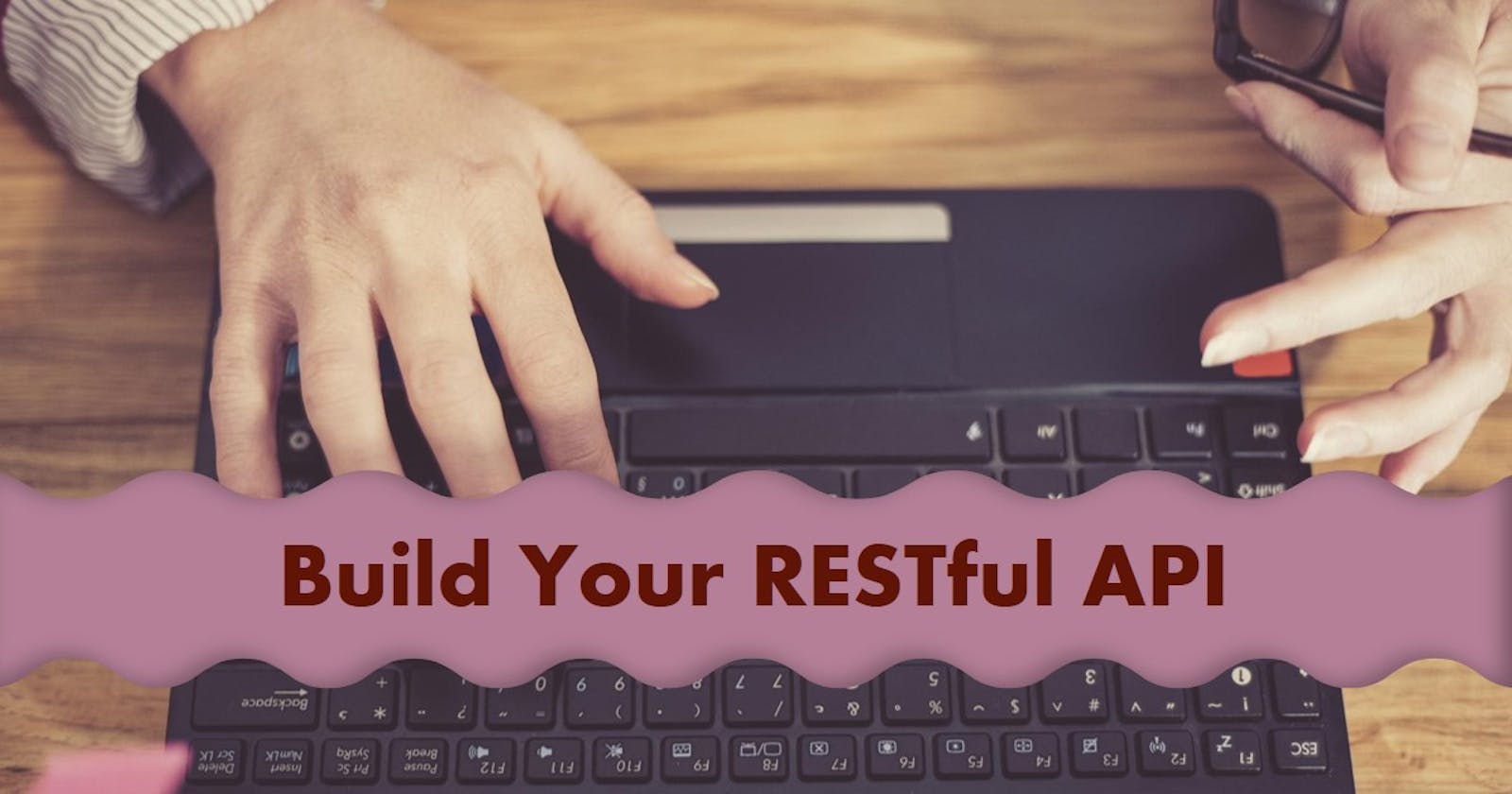Today, in this article, I am going to create a RESTful Server using Express.js, a powerful Node.js framework. Express.js is minimalist and flexible, simplifying the process of building web applications and APIs by providing a robust set of features and utilities. It also allows developers to create scalable and efficient server-side applications with ease. In this step-by-step guide, we will covers the basic steps to create a RESTful server using Express.js
Prerequisites
Before we dive into creating our RESTful server, make sure we have the following prerequisites installed:
Node.js and npm (Node Package Manager)
Text editor or Integrated Development Environment (VSCode recommended)
Basic knowledge of JavaScript and Node.js concepts.
Step 01: Project Setup
- Create a new directory and navigate into it.
mkdir expressRestfulServer
cd expressRestfulServer
- Initialize a new Node.js project and install Express.js as dependency.
npm init -y
npm install express
- Create a file name server.js index.js(or any preferred name) to write our server code.
touch server.js
Step 02 : Define Routes
Define Routes for different HTTP Methods(GET,PUT,POST,DELETE) using Express's routing methods(app.get , app.post , app.put, app.delete).
const express = require('express')
const app = express()
const PORT = process.env.PORT || 8000
app.get("/api/users" ,(req,res)=>{
res.send("GET Request received")
})
app.post("/api/users" ,(req,res)=>{
res.send("POST Request received")
})
app.put("/api/users/:id" ,(req,res)=>{
res.send(` PUT Request received for users with ID ${req.params.id}`)
})
app.delete("/api/users/:id" ,(req,res)=>{
res.send(` DELETE Request received for users with ID ${req.params.id}`)
})
Step 03 : Start Your Server
Start Your Server by Listening on specific PORT(eg. 8000)
app.listen(PORT ,()=>{
console.log(`Server is running on ${PORT}`)
})
Step 04 : Run Your Server
In the terminal, run node server.js to start your Express server.
This guide covers the basic steps to create a RESTful server using Express.js . You can test your ENDPOINTS by using tools like Postman or cURL to test your RESTful endpoints by sending various HTTP requests (GET, POST, PUT, DELETE) to the server.
You can further enhance your server by adding middleware, handling request data (e.g., JSON parsing), connecting to databases, and implementing authentication and authorization mechanisms as per your project requirements.
